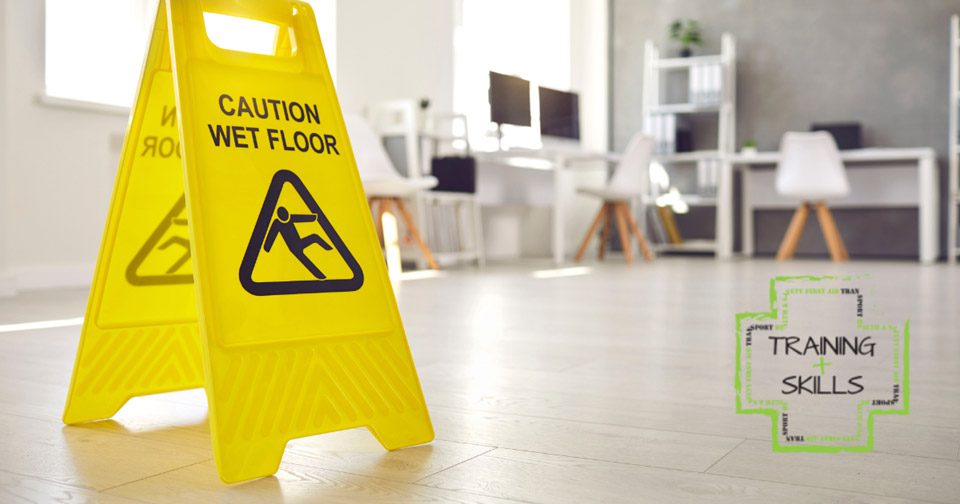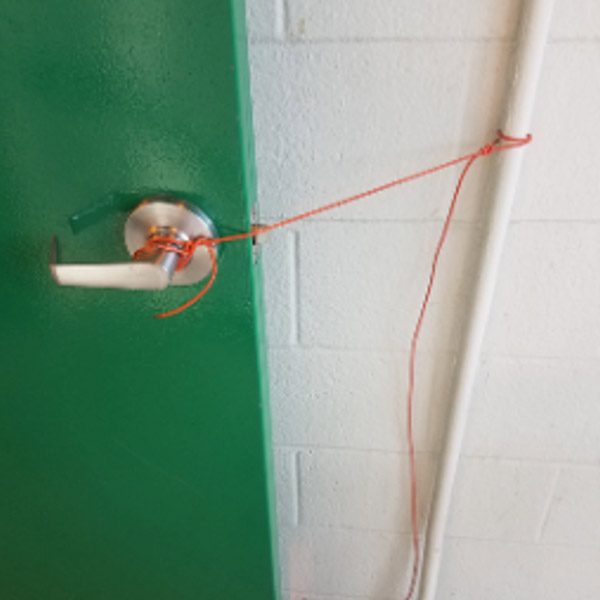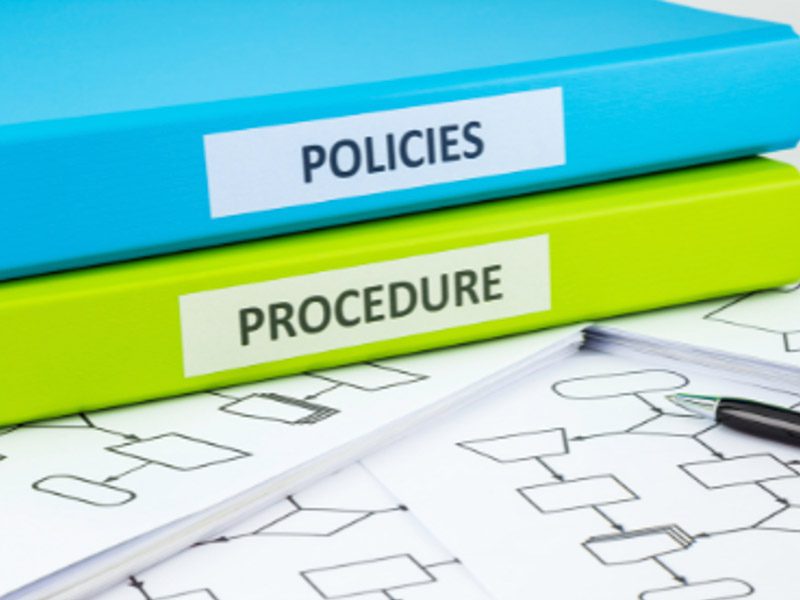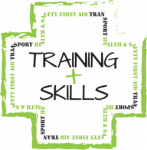Research shows that many people simply don’t feel safe in their workplace. In 2021/2, 565,000 workers experienced a non-fatal injury. If you looked around right now, would you be able to identify all the hazards in your workplace?

Propping open fire doors
 Fire doors are intended to slow the spread of fire, smoke, and heat. To do this they’re made of fire-resistant materials and have self-closing mechanisms to help them stay shut. Propping open a fire door defeats the purpose. It will allow flames to spread more easily which may reduce access to exits and prevent emergency evacuation.
Fire doors are intended to slow the spread of fire, smoke, and heat. To do this they’re made of fire-resistant materials and have self-closing mechanisms to help them stay shut. Propping open a fire door defeats the purpose. It will allow flames to spread more easily which may reduce access to exits and prevent emergency evacuation.
Whatever you’re using to prop the fire door open may also contribute to dangers in the workplace. A chair, box or table will make using the doorway trickier and might be a trip hazard. The weight and size of a fire extinguisher might make it a tempting doorstop. However, you’re actually removing an effective device from its location and using it to encourage a fire to spread!
RSI and RMI
For most people, their job will involve a lot of repetitive tasks. Whether that’s lifting heavy objects, using vibrating tools or sitting in the same position all day, it has an impact on your body. If this is your situation, then protect your muscles and tendons. Take action to prevent repetitive strain injury (RSI) and repetitive motion injury (RMI). Enjoy regular breaks. Find out the correct posture for your activity. Look into equipment such as chairs and desks that are ergonomically designed.
Tidy your office
 Keeping a shared space tidy can be challenging. However, a workspace with lots of clutter isn’t conducive to productivity. It can also lead to the most common type of accident: slips, trips and falls.
Keeping a shared space tidy can be challenging. However, a workspace with lots of clutter isn’t conducive to productivity. It can also lead to the most common type of accident: slips, trips and falls.
Having a storage place for everything, tidying up at the end of each day and disposing of waste regularly could make all the difference.
Stress and fatigue
 Overload in the workplace affects more than one person. When employees are tired or have a lot to cope with, they’ll find it hard to concentrate. The result could be impaired decision-making, cutting corners and making mistakes. While some shortcuts may cost the organisation money, others may increase the risk of accidents happening.
Overload in the workplace affects more than one person. When employees are tired or have a lot to cope with, they’ll find it hard to concentrate. The result could be impaired decision-making, cutting corners and making mistakes. While some shortcuts may cost the organisation money, others may increase the risk of accidents happening.
The approach to preventing this hazard is twofold. You need to look at the environmental factors. For example, is the workplace very noisy, crowded or have an extreme temperature? Then there’s looking at workloads being manageable, working hours being limited and regular breaks being encouraged.
Not updating policy documents
 Having health and safety policies in place should be a way of creating a workplace where health and safety matters. However, if those documents are regarded as set in stone, then they may cause a problem.
Having health and safety policies in place should be a way of creating a workplace where health and safety matters. However, if those documents are regarded as set in stone, then they may cause a problem.
Workplaces and the people who work in them change over time. Best practice does too. If policies don’t meet the needs of the organisation they won’t be followed. So, get buy in from team members, undertake regular reviews to keep your policies fit for purpose and communicate changes when they happen.

